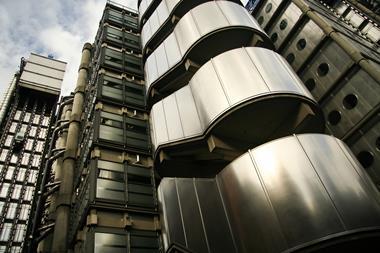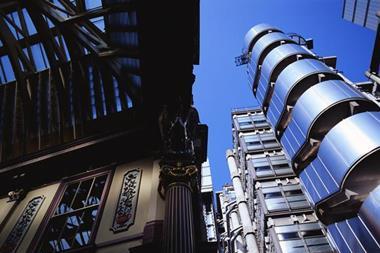Lloyd’s insurer’s 134% combined ratio was worst among its peers
Lloyd’s insurer Omega made an after-tax loss of $89.2m (£56.3m) in 2011, more than double the $42.8m loss it made in 2010.
The company paid out catastrophe claims of $85.6m during the year, pushing its combined ratio to 134.3% (2010: 114.4%). This was the worst combined ratio of the listed Lloyd’s companies: Hardy’s was 120.9% and Amlin’s was 108%.
Omega’s catastrophe losses were partly offset by $0.6m of reserve releases. The company had to strengthen reserves by $6m in 2010.
“This has been a difficult year, with an unprecedented frequency of large catastrophe losses, together with a frustrating corporate activity process,” Omega chief executive Richard Pexton said in a statement.
Omega failed to find a buyer in 2011. After receiving approaches from several suitors, including fellow Lloyd’s insurers Canopius and Barbican, the company agreed to sell 25% of its business to Bermudian investment firm Haverford, run by reinsurance magnate Mark Byrne.
However Haverford pulled out of the deal in December, citing a deterioration in Omega’s financial position.
“The outcome of this process was unsatisfactory for shareholders, the board and management who have invested considerable time and effort in trying to deliver value,” Pexton said. “Naturally, during this period, it has been difficult to look too far forward and grow the business. However, I commend the company’s employees for focusing on their jobs during the period of uncertainty.”
The company gave no clue about whether it would continue its search for a buyer in 2012.
In addition to the loss, Omega’s 2011 gross written premium fell 14% to $304.6m (2010: $356.1m). However the company said this was in line with its plan. The company cut back in several areas in 2011 to reduce the risk of its book, most notably ceasing to write third-party reinsurance from its Bermuda-based operation, Omega Specialty.
Pexton is confident that the changes, along with rate rises in the catastrophe business, will stand Omega in good stead for 2012.
“We are seeing encouraging signs in the market with re-pricing in our core classes, with 60% of our portfolio showing increases of more than 5%,” Pexton said.
He added: “We remain a well capitalised business. The transformation of our business mix and positive pricing movements we are now seeing leave us in a good position to take advantage of market opportunities in 2012.”
Omega 2011 results in $m (compared with 2010)
- Gross premiums written: 304.6 (356.1)
- Investment return: 8.3 (12.4)
- Result before tax: -94.7 (-42.9)
- Result after tax: -89.2 (-42.8)
- Catastrophe losses: 85.6 (55)
- Reserve releases/additions: -0.6 (+6)
- Combined ratio: 134.4% (114.4%)
Hosted by comedian and actor Tom Allen, 34 Gold, 23 Silver and 22 Bronze awards were handed out across an amazing 34 categories recognising brilliance and innovation right across the breadth of UK general insurance.













































No comments yet